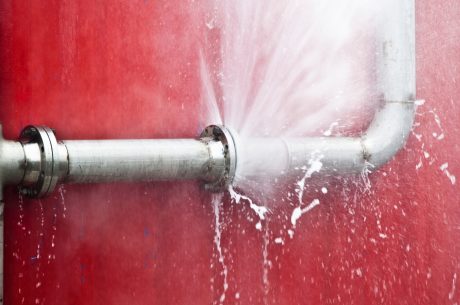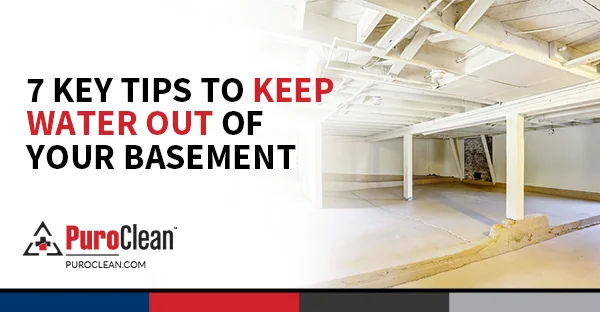When your once-beautiful hardwood floors suddenly swell, darken, or warp after a leak or spill, panic sets in fast. The thought of losing that warmth and charm beneath your feet is tough, but here’s the good news: not all hope is lost. Many water damaged hardwood floors can be revived if treated quickly and correctly. Understanding how water affects wood, what signs to look for, and when to act can make the difference between restoration and replacement.
Understanding the Impact of Water on Hardwood Floors
Wood is strong but sensitive. Even a small amount of moisture can cause noticeable changes in shape, color, and texture. The moment water seeps into the grains, it starts altering the structure from within. That’s why water damaged hardwood floors need prompt attention before the moisture goes deeper, affecting both the surface and subfloor.
When moisture lingers, it also affects the hidden layers beneath your floors. The subfloor, nails, and adhesive bonds can start to weaken, leading to loosened boards and uneven surfaces over time. Even if the top layer looks fine, trapped humidity underneath can continue to spread damage quietly.
Addressing water damaged hardwood floors early helps prevent these deeper structural issues and keeps the entire flooring system stable and long-lasting. According to the National Wood Flooring Association (NWFA), even minimal moisture imbalance can permanently alter wood fibers, making early detection the key to preserving strength and shape.
Why Water Damage Happens in Hardwood Flooring
Even the most careful homeowners face water issues at some point. Hardwood may be durable, but it doesn’t mix well with standing water or prolonged dampness.
Common causes include:
- Plumbing leaks from dishwashers, sinks, or refrigerators
- Spills or overflows that go unnoticed for hours
- Flooding from heavy rain or burst pipes
- Excessive indoor humidity or condensation
- Wet cleaning methods that allow moisture to seep into seams
A quick response can stop the damage from spreading. If caught early, water damaged hardwood floors are often repairable before they buckle or stain permanently.

The Immediate Signs of Water Damage You Should Never Ignore
Water doesn’t always announce itself with a puddle. Sometimes the signs are subtle, but they tell a bigger story underneath.
Look out for these early warnings:
- Warping or cupping, where boards bend upward or inward
- Soft or spongy spots underfoot
- Musty smells that signal trapped moisture
- Discoloration or dark patches on the surface
- Gaps are forming between planks as the wood expands
Don’t wait for things to worsen. Catching these early symptoms gives you a better chance to restore wood flooring water damage before full replacement becomes your only option.
The Science Behind Saving Hardwood Floors
To understand how to fix it, it helps to know what’s really happening. When wood gets wet, it behaves a lot like a sponge soaking up water until it swells. The fibers expand, and if they dry unevenly, they twist or crack. Still, with proper drying and care, much of that stress can be reversed.
What Happens to Wood When It Gets Wet
Moisture pushes into the wood cells, causing them to enlarge. The longer the exposure, the deeper the damage. Clean water from a leak can often be removed safely, while contaminated or floodwater complicates the process. Restoring water damaged hardwood floors depends heavily on how quickly the drying process begins.
Factors That Decide If Your Hardwood Floors Can Be Saved
Not all damage is the same. A few key factors determine whether your floors can bounce back:
- Type of wood: Solid planks handle drying better than engineered layers.
- Exposure time: The faster you act, the greater your chances of saving them.
- Subfloor condition: If moisture has reached the base, repairs get more complex.
- Water source: Clean leaks are easier to fix than sewage or floodwater.
- Finishing seal: Well-sealed floors resist water penetration longer.
Knowing these helps professionals decide the right approach to restore wood flooring water damage effectively.
The Restoration Process Step by Step
Bringing your hardwood back to life takes patience and precision. While DIY drying can help, professional restoration ensures no moisture lingers below the surface, which is often where the real problem hides.
Step 1 – Assessing the Extent of the Damage
A specialist inspects the floor using moisture meters to see how far the water has spread. They check the boards, underlayment, and subfloor. This initial assessment shapes the restoration plan and prevents hidden issues from resurfacing later.
Step 2 – Drying and Dehumidifying the Area
This is where science meets skill. Industrial-grade dehumidifiers and air movers remove moisture without damaging the wood’s core. The process might take several days, but it ensures that the boards dry evenly. Done right, it’s the key step to restoring wood flooring water damage completely.
Step 3 – Sanding, Refinishing, and Repairs
Once the floor is dry, sanding removes any warping or raised edges. Refinishing then brings back the color and shine, while any severely damaged planks get replaced. With professional work, water damaged hardwood floors often look as good as new, sometimes even better than before.
Preventing Future Water Damage
Once your floors are back in shape, prevention becomes your best defense. Simple habits go a long way in keeping water out and wood strong.
Easy prevention tips:
- Wipe up spills immediately, no matter how small
- Use mats or rugs in entryways, kitchens, and bathrooms
- Keep indoor humidity between 35–55%
- Regularly check appliances and plumbing for leaks
- Refinish or reseal floors every few years to maintain protection
- Avoid mopping with excess water
Taking these steps helps ensure that you won’t have to restore wood flooring water damage again anytime soon. A little maintenance truly pays off. Protecting your investment means staying alert, because prevention is always easier than repairing. For added peace of mind, you can also follow our guide on How Plumbing Maintenance Can Prevent Costly Water Damage Repairs to minimize leak risks and keep your floors safe from future damage.
Conclusion
Water damaged hardwood floors can be saved, but speed and care matter most. The sooner the drying starts, the higher your chances of a full recovery. With professional help, many homeowners are surprised to find their floors restored, smooth, and strong again. Act fast, stay aware, and treat your floors like the living surface they are responsive, beautiful, and worth protecting.
If you’ve noticed signs of moisture or swelling on your floors, don’t wait for the problem to worsen. Contact our water damage restoration experts today to assess the situation and help bring your hardwood floors back to life before the damage spreads.
FAQs
Q1. Can you fix the water damaged hardwood floors yourself?
A: Minor surface moisture can sometimes be dried using fans and dehumidifiers, but deeper damage needs professional tools and expertise to prevent warping or mold growth.
Q2. How long does it take to restore wood flooring water damage?
A: Depending on the severity, drying and refinishing can take anywhere from a few days to two weeks. Quick action always shortens the timeline.
Q3. When should hardwood floors be replaced after water damage?
A: If the boards remain soft, stained, or uneven after completing drying, replacement might be the safer choice. A specialist can tell if your water damaged hardwood floors are beyond saving.



